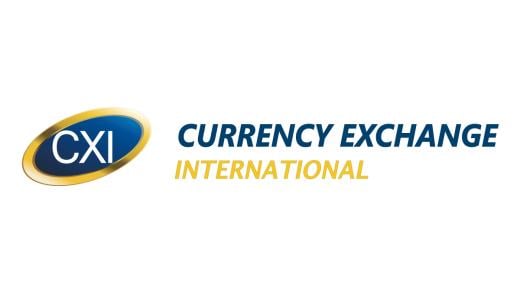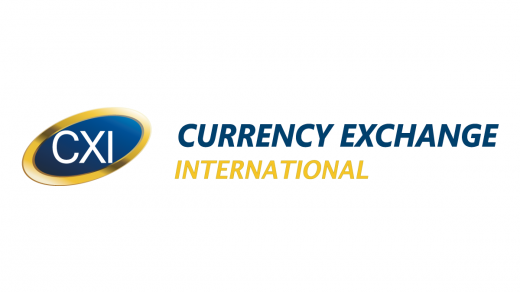4 Curious Facts About the Indonesian Rupiah

Thinking of visiting Indonesia? Put your knowledge on their currency to the test with these 5 facts about the Indonesian rupiah!
History of the rupiah
The first Indonesian rupiah was issued on October 3, 1946. The country began phasing out the use of Japanese currency. The "rupiah" was given this name after the currency of India, the Indian rupee. At first, the government focused on printing 100-rupiah banknotes, because it was easier than printing several small-denomination notes.
Mar 22, 2019 at 9:50pm PDT
Names for the currency
The official currency code for the Indonesian rupiah is IDR. It is often abbreviated as Rp or Rs. "Rupiah" is a name derived from the Sanskrit word for silver. Locally, Indonesian people use the word "perak" when referring to rupiah.
Indonesian rupiah banknotes
There are 1000, 2000, 5000, 10,000, 20,000, 50,000 and 100,000 banknote denominations. The most common banknotes are the Rp. 50,000. The 10,000 banknotes are purple and the 20,000 banknotes are green, while the 50,0000 banknotes are blue and the 100,0000 banknotes are pink.
Security features and watermarks
These banknotes utilize many different features in order to prevent counterfeiting. The notes have a security thread which is only visible when held up to the light. They also have microprinting which can only be read with a magnifier, and invisible ink that you can read under UV light.
Get more foreign currency (FX) news >
Subscribe now to CXI's newsletters >
Currency Exchange International (CXI) is a leading provider of foreign currency exchange services in North America for financial institutions, corporations, and travelers. Products and services for international travelers include access to buy and sell more than 80 foreign currencies, gold bullion coins and bars. For financial institutions, our services include the exchange of foreign currencies, international wire transfers, purchase and sale of foreign bank drafts, international traveler’s cheques, and foreign cheque clearing through the use of CXI’s innovative CEIFX web-based FX software www.ceifx.com

 Ordering foreign currency online is easy with OnlineFX.
Ordering foreign currency online is easy with OnlineFX.


